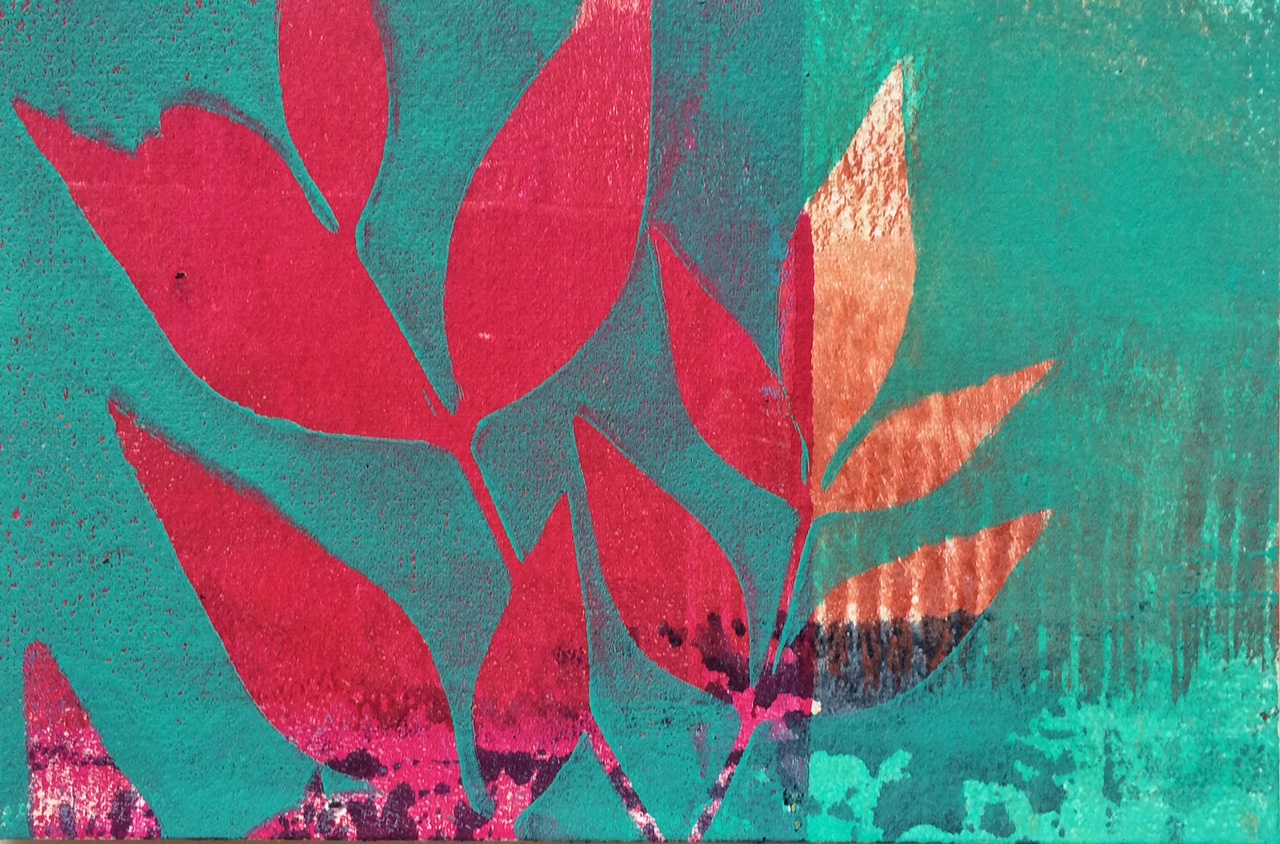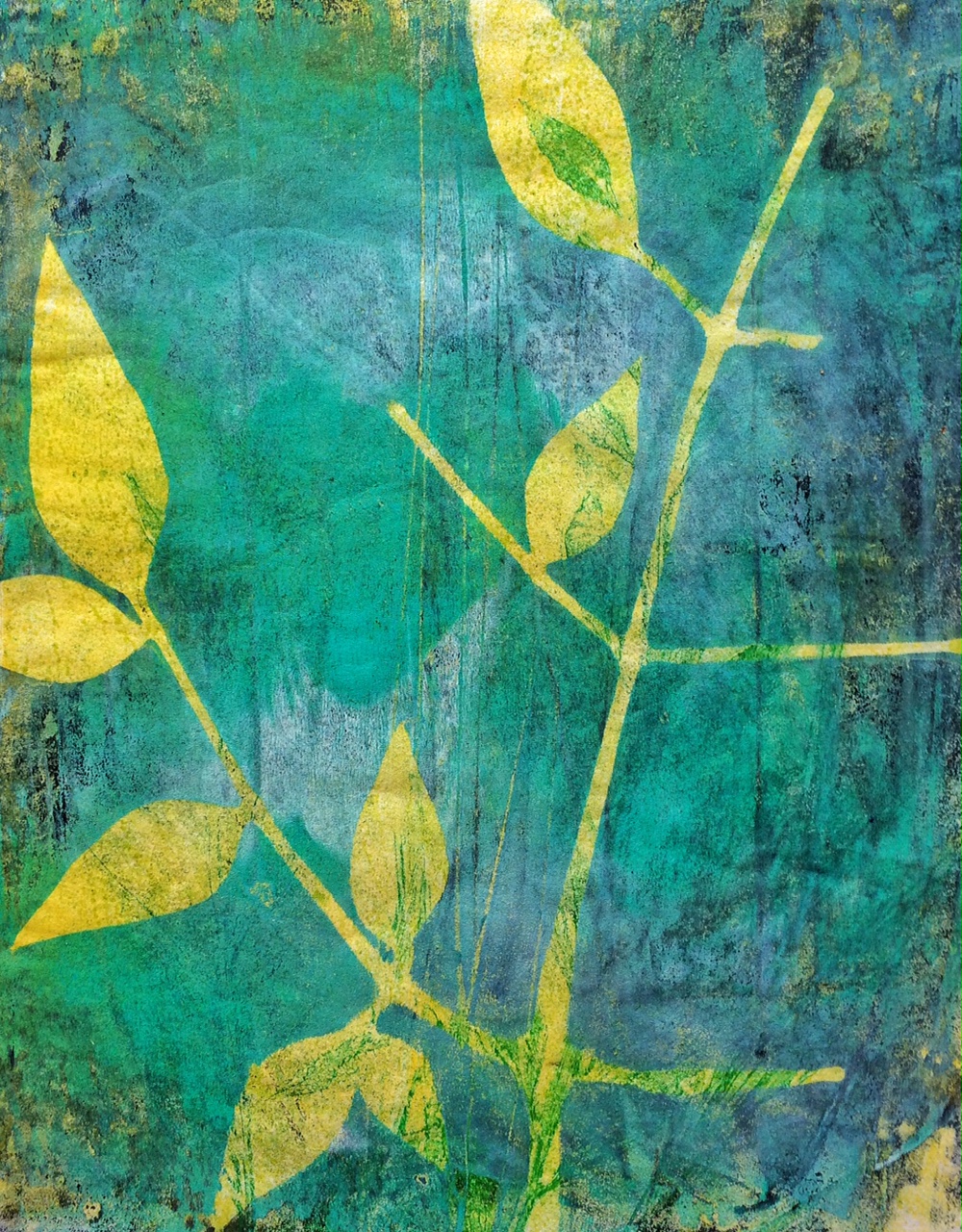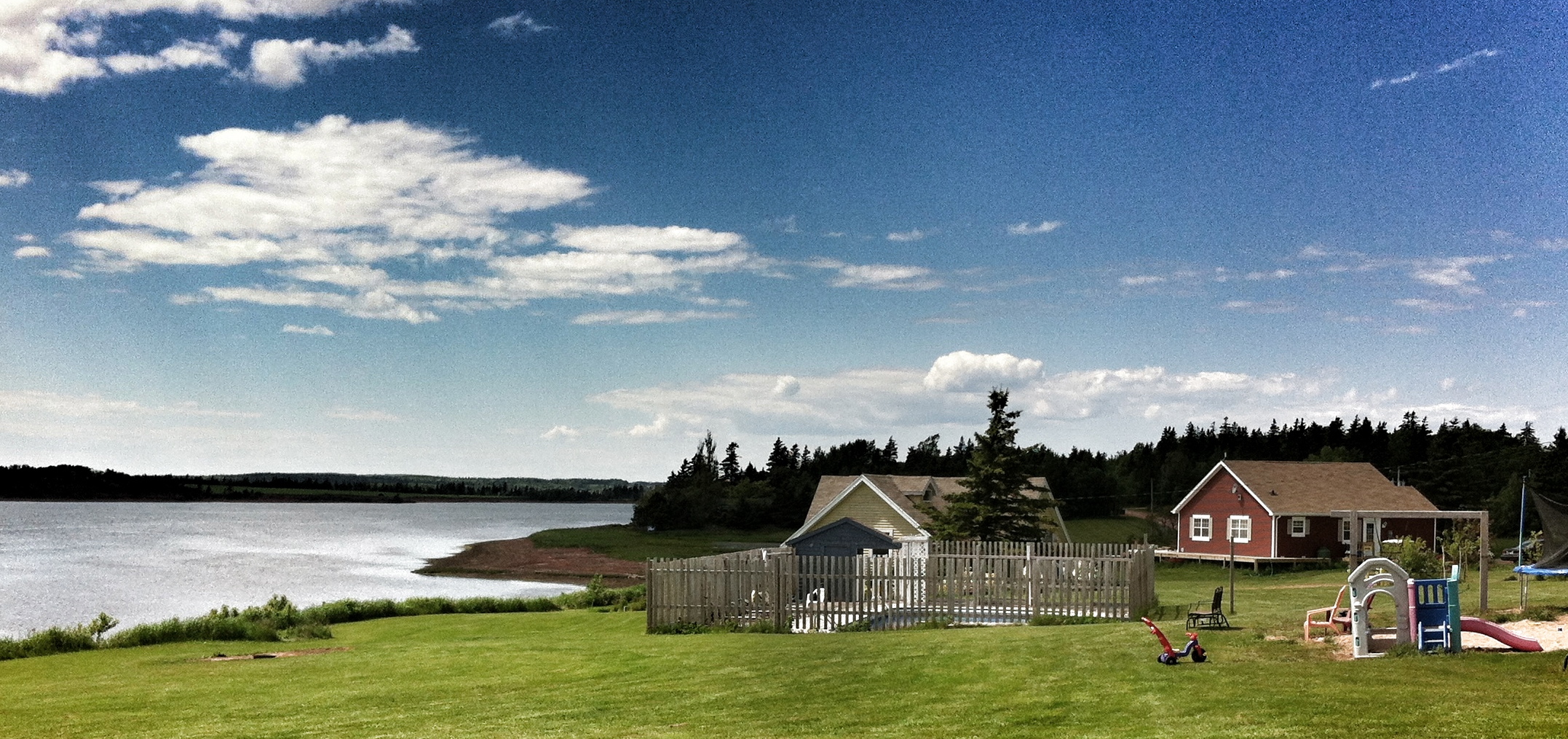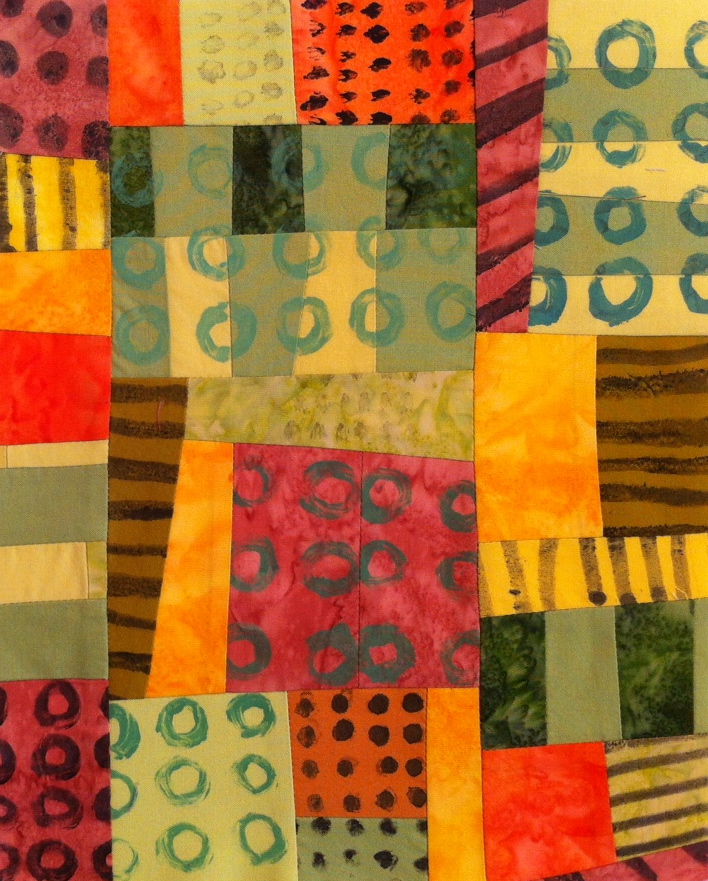There are so many ways that we can slide on that delicate bridge of seconds from one year into the next. Like a newborn child, we can burst out suddenly, or, perhaps, be dragged by our head or legs, reluctantly surrendering the comfort of a warm, familiar home.
In turn, we have created many rituals to ease the transition from one year to the next: celebrations, recounting stories of the old year, hopes and goals for the new. All of these rituals help us to make it over the bridge of years
One of the rituals I enjoy the most is looking back over the year.
I began the year with a challenge to myself: to make 30 collages in a period of 30 days. I started in San Francisco, transitioned to Kauai, and completed the 30 days in my studio in Davis, Ca. Not one to rest easily with only one challenge, I posed another to myself; this one physical, emotional and spiritual: yoga teacher training. I was the second oldest in the class, but determined that my age would not exclude or daunt me.
I loved it and I hated it; it tested my intellect, my body and perhaps most of all my patience. To stand, sit and move in one space for the period of 6 hours at a time, drew on my inner resources. I made it through.
Artistic challenges also filled the year including one with the improbable title: "99 Problems, But a Print Ain't One of Them." The exhibit required a series of 13" x 19" prints. I hadn't printed on that scale before, instead, composing larger pieces by putting together smaller ones. As a result, I spent a lot of time at Blick Arts in their paper section! Thank god that Panera Bread was right next door for refreshments!
Inspiration also found me in the teaching realm. I had wonderful students; eager, excited and indefatigable. I was amazed by their ability to create vibrant monoprints that radiated the stamp of their makers.
I can't get enough of learning. From the Master Class with Lisa Call to my classes with Sara Post on abstraction, I found that each contact with either group or teacher gave me a tiny burst of inspiration and enthusiasm; a nudge, a push, or invisible fuel that allowed me to take the next step or steps in my work.
They help me to catch hold of slender threads within that often elude me due to voices of inner bosses, outer cultural snobs and transient winds of change. With support, I can reach beyond them and catch those threads that have been dangling, just waiting for me to grasp hold of them.
And that's what I want for this year, to pay more attention to the threads that dangle, sometimes just beyond my reach. because when I can catch them, and pull gently, I'm taken on roads that I cannot imagine.








